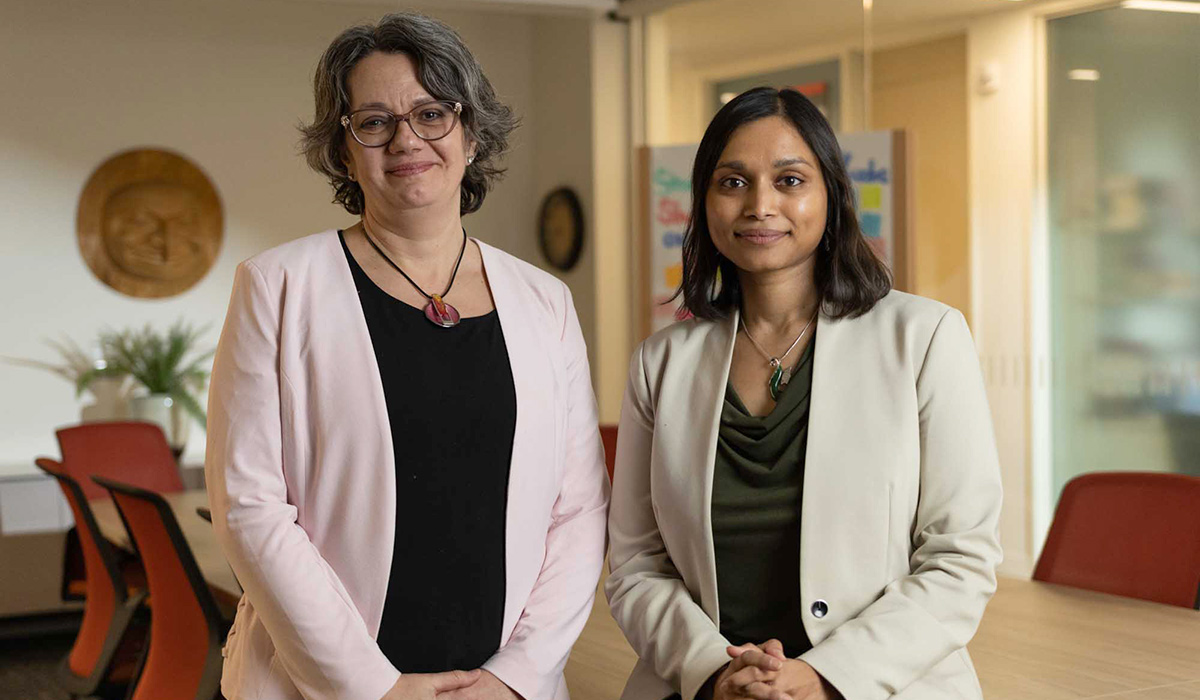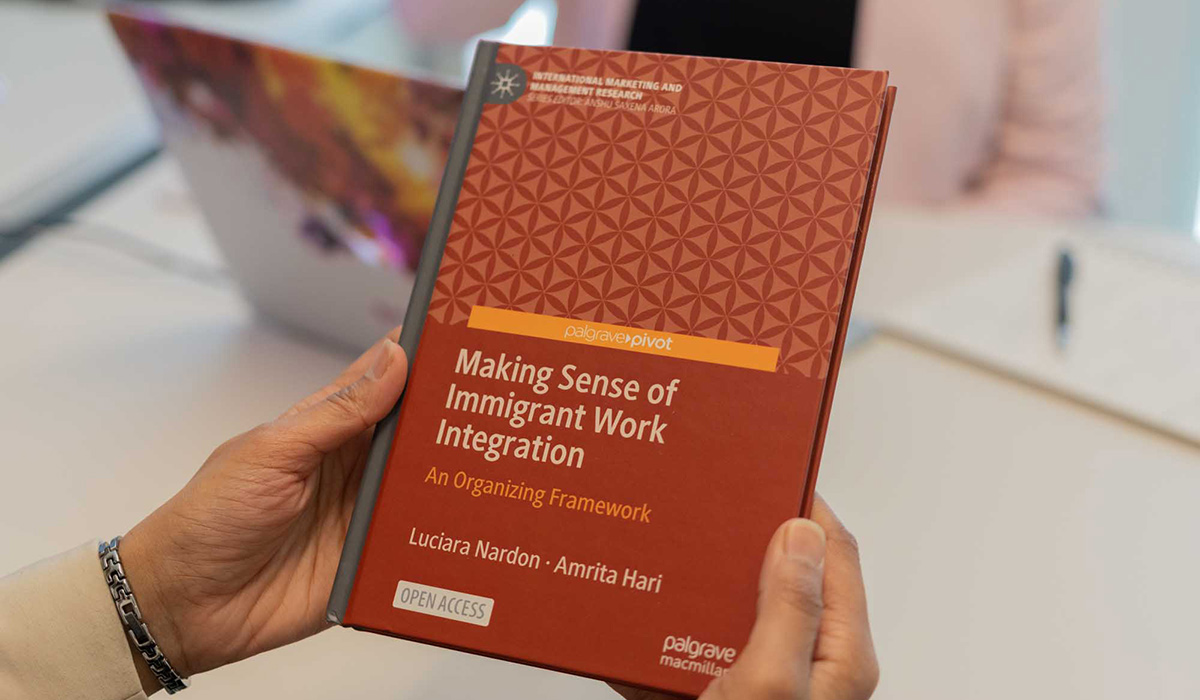Last year, Canada announced plans to increase the number of immigrants to 500,000 per year by 2025.Beyond welcoming people coming for better opportunities or to get away from hazards at home, immigration can help address a significant labour shortage.
Roughly one million jobs are currently vacant — and, considering Canada’s aging population, this shortfall is destined to get worse.
But no matter how well-educated, highly skilled and motivated an economic migrant or refugee might be, the transition from arriving in a new country to securing meaningful employment is rarely smooth.
In fact, immigrant work integration is so complex a challenge that that there is no easy or single solution, say Carleton University researchers Luciara Nardon and Amrita Hari.
Yet Nardon and Hari, who co-authored a recent book on this subject, see the potential for a future in which new Canadians navigate pathways toward careers that are right for them and contribute to the country’s economic stability. But getting there will entail much more collaboration between government, employers, immigrant settlement agencies and professional associations, and a focus on longer-term transformation instead of short-range goals.

“This problem has so many different facets,” says Nardon, the co-director of Carleton’s Centre for Research on Inclusion at Work and a professor at the university’s Sprott School of Business.
“We have to make changes at many different levels at the same time.”
“Newcomer service organizations try to pair people up with jobs, but often they’re looking for immediate results,” explains Hari, the director of Carleton’s Feminist Institute of Social Transformation, by way of example. “They’re not thinking as much about the career trajectory of the newcomer. Similarly, somebody who needs to pay their bills right away is not going to wait for the perfect job.
“We need to shift the conversation away from quick fixes and concentrate on incremental change over time.”
Shift Focus from Outcomes to Process
The government’s 500,000-immigrant figure is itself problematic, argue Nardon and Hari, because it prioritizes an “outcome” over “process.”
“Half a million is just a number,” says Hari.
“We need to talk about integration and who’s going to help people support their families and become part of our economy and society.”

Moreover, systemic barriers still exist. Discrimination, misinformation and a lack of intercultural competency, among other factors, are bumps on the road to rewarding work.
Neither Nardon nor Hari blame employers or government or any one type of organization for these problems. There’s been too much finger pointing, they say, and not enough cooperation.
Writing Making Sense of Immigrant Work Integration is their attempt to share research that informs individual, organizational and policy change. The open-access book can help government agencies better understand the perspectives of immigrant service organizations, for instance, and vice versa.
Addressing Labour Shortage: A New Way of Thinking
Canada has changed immigration policies in the past after immense research and advocacy, such as removing the live-in requirement for caregivers, reducing the risk of exploitation. This gives Nardon and Hari hope that similar adjustments can be made.
They foresee, for example, the emergence of occupational/sectoral work permits to replace problematic employer-specific work permits.
Overall, however, improving the employment situation for newcomers and addressing Canada’s urgent labour shortage demands a new way of thinking. In addition to funding for support programs, policies need to shift their focus from jobs to employment trajectories based on economic needs and the professional identities and goals of newcomers.

“It seems reasonable that if you’re a doctor and are moving to a completely different context, you may have to step back a little,” says Nardon, “as long as you are still moving in the right direction — like doing another residency, not working at a café.”
Nardon considers mentorship a critical piece of the puzzle because mentors can serve as the “bridge” between newcomers and employers.
“You have to find the right match, which can be difficult, but these types of relationships can be incentivized,” she says.
“They have to be more than transactional, more than resume preparation. We’d like to see mentorship that really advocates for and champions immigrants and helps them develop careers.”
Universities and colleges, which host thousands of international students, could provide more employment coaching and immigration counselling for foreign students who often want to stay and build their lives in Canada.
“This may not get somebody a job in the next quarter but could yield something in five years,” says Hari. “It would be an investment for the future.”
And it would be emblematic of the shift to a holistic, humanistic perspective that’s required to address the challenge that Canada faces.
